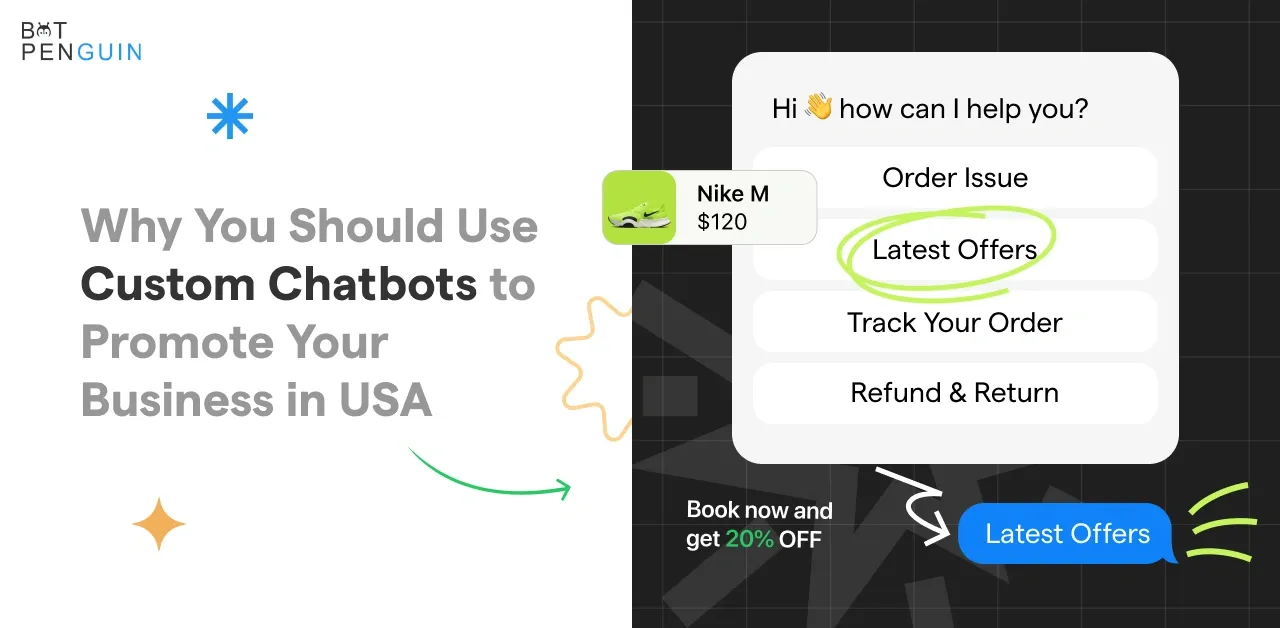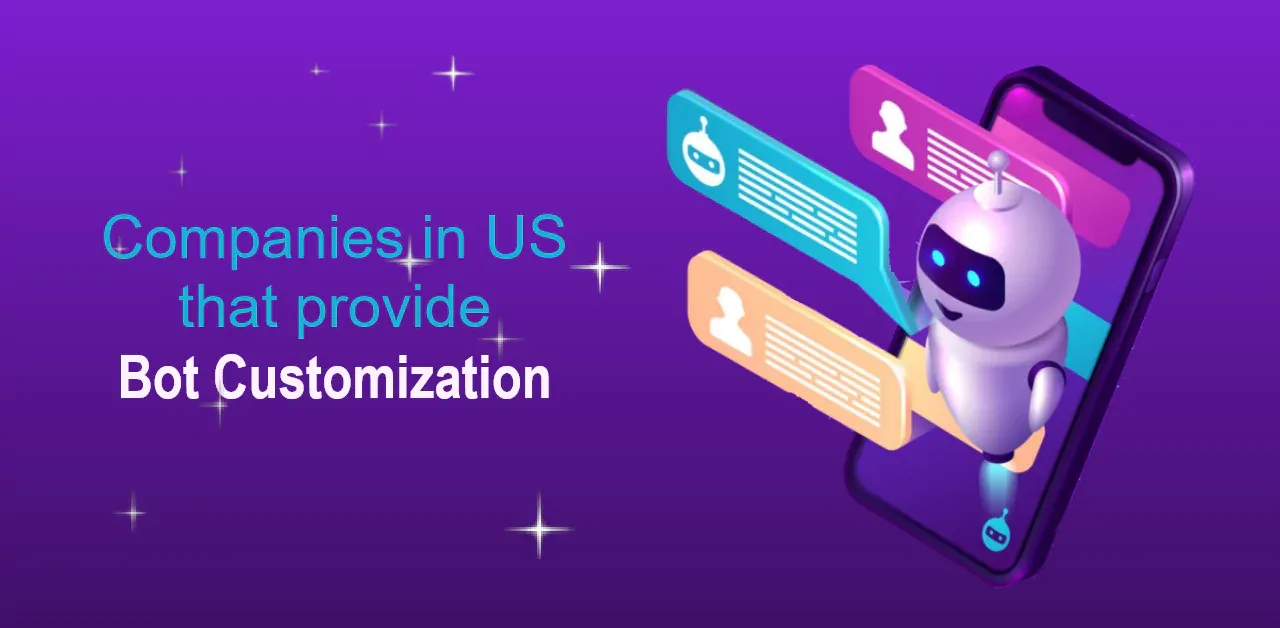Looking to save time by automating repetitive work? Have you considered leveraging ChatGPT's conversational abilities beyond Q&A?
With the right integration, ChatGPT can streamline business processes better than any virtual assistant.
According to McKinsey, 45% of workplace activities could be automated using current AI technologies like natural language processing. By developing and tailored integrations with ChatGPT, you can make this potential a reality.
Imagine ChatGPT gathering key details through friendly back-and-forth conversations to instantly trigger workflows, update databases, or even control equipment.
From processing forms to taking orders to providing personalized support, the possibilities are immense. All it takes is connecting ChatGPT to your existing tools and systems in a secure, scalable way.
Don't settle for disjointed solutions - with custom ChatGPT integration, ChatGPT can handle end-to-end processes conversely.
Begin to automate tasks with custom ChatGPT integrations and let conversational AI accelerate your enterprise. Continue reading to know more.
What is ChatGPT?
ChatGPT is trained on a massive dataset of text from the internet to have natural conversations and provide helpful information to users.
ChatGPT can understand questions and prompts in natural language, generate thoughtful responses, admit mistakes, and decline inappropriate requests.
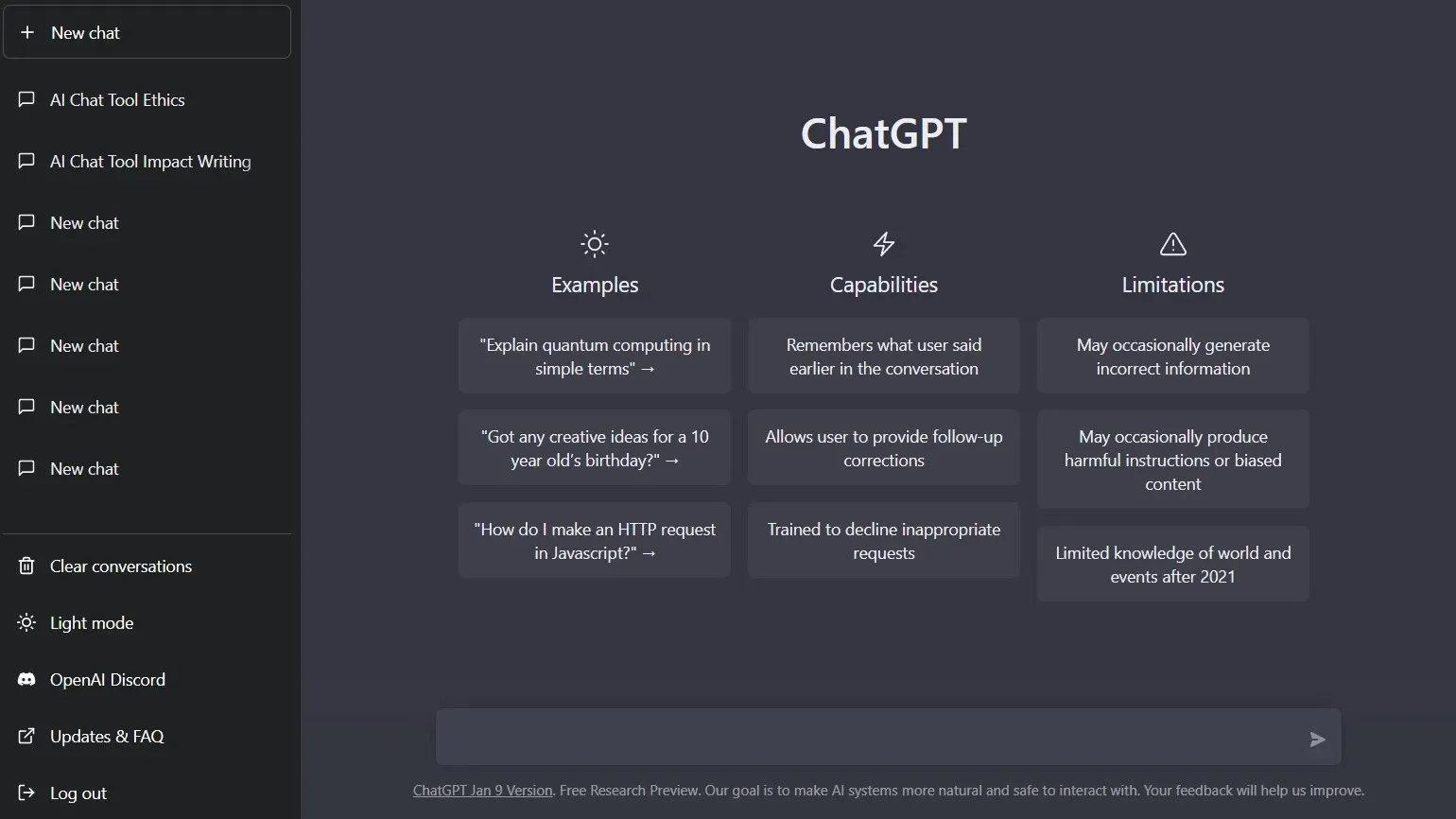
It aims to be helpful, harmless, and honest through its advanced language processing capabilities.
Why Automate Tasks with ChatGPT?
Now that we're acquainted with ChatGPT, let's explore why it's crucial to automate tasks with custom ChatGPT integrations.
- ChatGPT can help automate repetitive and time-consuming tasks that don't require human creativity or judgment.
- Its natural language processing allows it to understand instructions and generate custom responses.
- Automating tasks like customer service, data entry, research, writing, and content creation with ChatGPT frees up human time for more strategic work.
- It can work 24/7 without fatigue.
- The quality of ChatGPT's output continues to improve, making it a versatile tool to increase productivity and efficiency.
- Businesses can leverage ChatGPT's capabilities to streamline workflows and reduce costs
How Can ChatGPT Be Used For Automation?
The key is strategically integrating ChatGPT with existing systems and data sources to create natural, automated conversational experiences.
Here are some ways ChatGPT can be integrated to automate various business processes:
Customer Service Automation
ChatGPT can be integrated with customer service platforms like Zendesk to act as an AI-powered chatbot that understands customer inquiries and provides instant responses.
It can be trained on company knowledge bases and past customer conversations to handle common FAQs, account troubleshooting, returns, and more. This allows human agents to focus on complex issues.
Sales Enablement
By connecting ChatGPT to CRMs like Salesforce, it can generate customized sales collateral and talking points based on client needs.
Reps can simply describe the client background and ideal next steps, and ChatGPT can instantly draft tailored emails, presentations, proposals, and more. This saves reps time while personalizing outreach.

Market Research
ChatGPT excels at synthesizing large amounts of information, making it great for compiling market research reports, competitor analysis, industry whitepapers, and other documents.
It can ingest data from sources like SEMrush, SimilarWeb, and Nielsen. Then turn disparate inputs into coherent market insights, data visualizations, and recommendations.
Content Creation
From blog posts to social media captions, ChatGPT can generate all forms of marketing and website content when given topic prompts and brand guidelines.
This content can be automatically populated into blogs, landing pages, and ad campaigns. Moderation is still required, but it significantly boosts content volumes.
Data Entry
By processing data from documents, forms, apps, and other sources, ChatGPT can auto-populate fields in databases, spreadsheets, and other data repositories. This structuring of unorganized information is hugely valuable for data analytics.
Meeting Transcription
Connecting ChatGPT to platforms like Zoom and Otter.ai allows it to listen in on meetings, transcribe the conversations, and extract action items and key decisions. This creates searchable records and meeting minutes.
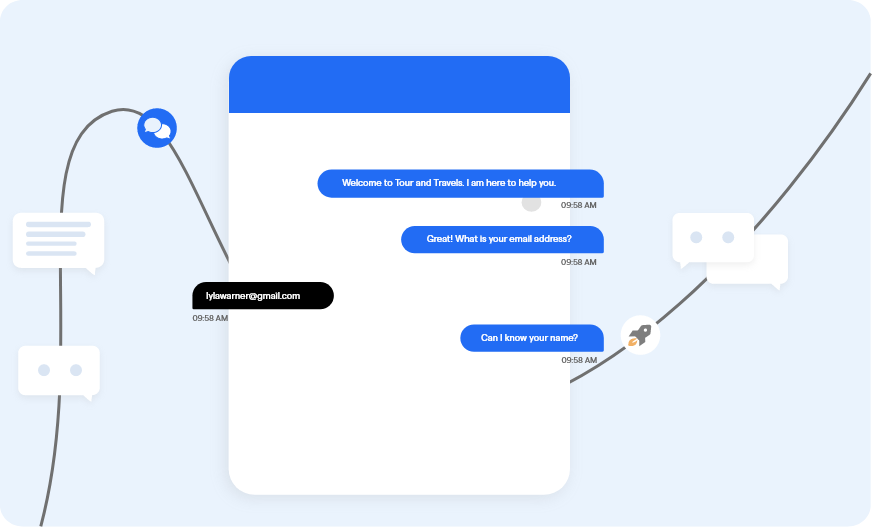
Accounting Assistance
ChatGPT can help compile reports, interpret data, conduct audits, manage payroll, and execute other accounting tasks if given access to a company's financial systems and records. This automation provides immense time savings.
How to Create Custom ChatGPT Integrations?
Integrating ChatGPT into existing systems can optimize workflows and automate repetitive tasks to boost productivity. However, achieving meaningful integrations requires thoughtful technical implementation tailored to your tech stack.
Below are some options for seasoned developers to create custom ChatGPT automation:
Python Integration
Leveraging the flexibility of Python, developers can build custom wrappers and scripts to connect ChatGPT's API to internal systems.
Python's versatility in data analysis, web scraping, and automation makes it ideal for creating CRUD applications, syncing data sources, and building custom CLI tools with ChatGPT. Vigilant logging and testing is key.
NodeJS Integration
For scalable and responsive integrations, NodeJS is a robust option. Its event-driven, non-blocking I/O model can enable real-time syncing between ChatGPT and databases.
Suggested Reading:
Frameworks like Express.js facilitate building ChatGPT API middleware and hooking capabilities into web apps. Carefully consider dependencies for stability.
Ruby on Rails Integration
Ruby on Rails' structure lends itself well to rapidly integrating ChatGPT with web apps and APIs. Its MVC pattern enables segmenting applications into discrete components for flexibility.
Gems like ChatGPT-Ruby simplify API calls. Strong conventions and project organization are advised for maintainability.
Preparing Your Data for Custom ChatGPT Integrations
Here are some tips for preparing your data when integrating ChatGPT into business workflows:
- Assemble relevant documents, scripts, forms, and historical conversation logs for training. This enables ChatGPT to understand your domain.
- Structure data as cleanly as possible. Follow consistent formats, and eliminate duplicates and errors. This helps ChatGPT learn accurately.
- Anonymize any sensitive customer data. Only provide ChatGPT access to the essential information needed for automation
- Start small with a limited dataset for the initial integration to test and refine the training process.
- Develop a plan for expanding training data over time as processes get more complex.
- Use data validation techniques like spot checks to catch issues early before propagate in training.
- Document your datasets and data flow clearly for easier maintenance and integration updates.
- Implement mechanisms to continually provide ChatGPT with the latest real-time data sources.
- Utilize Docker containers, Kubeflow pipelines, and version control for easier data and model management.
- Align data access strictly to business logic to avoid introducing biases or misalignment.
Investing in clean, well-governed data pays dividends by enabling ChatGPT to automate more accurately and optimize outputs over time.
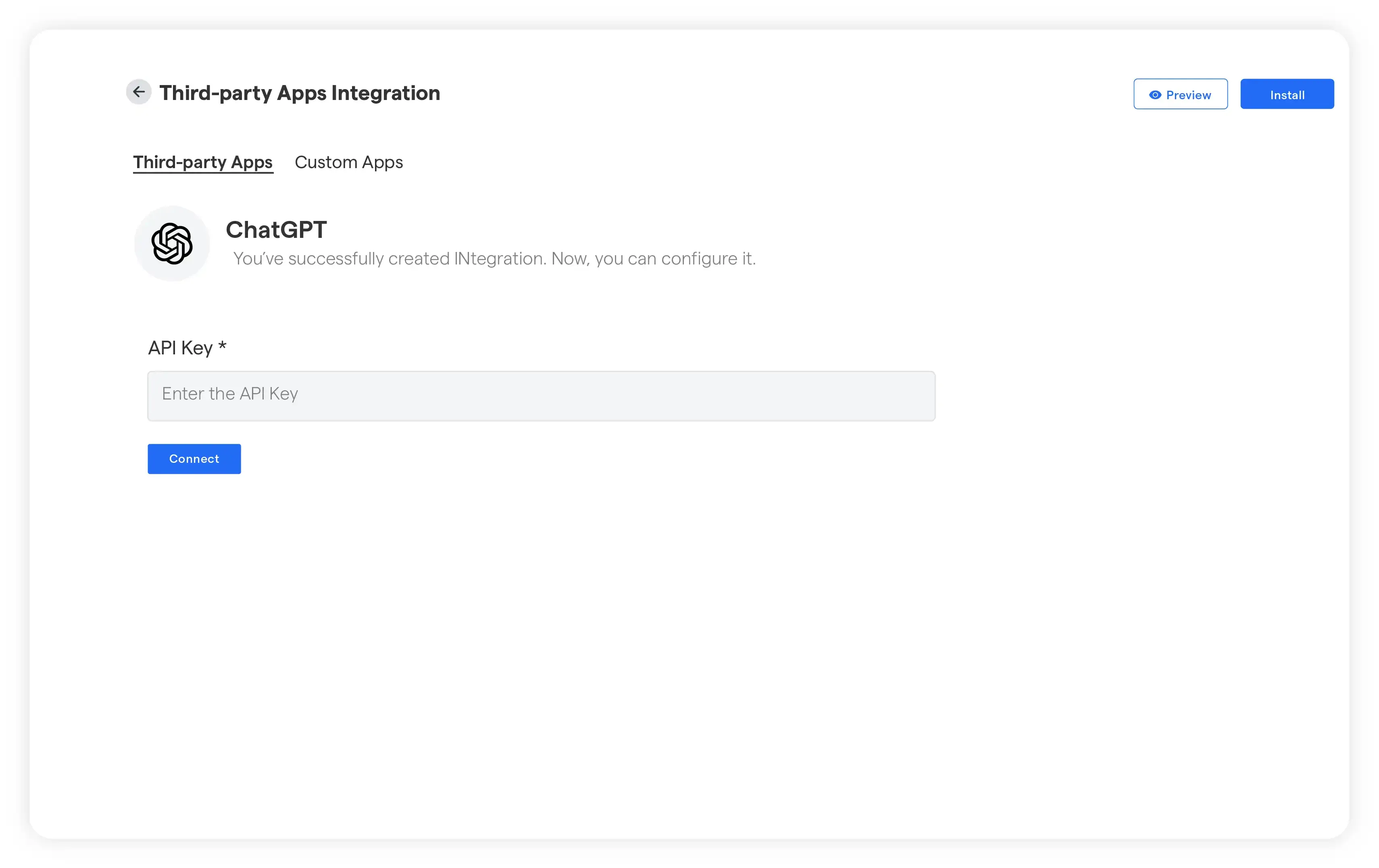
Best Practices for Custom ChatGPT Integrations
Here are some best practices to follow when integrating ChatGPT into business workflows and systems:
Define Clear Goals for Your Chatbot
Is it to provide customer support? Generate creative ideas? Or engage users in a friendly conversation?
Having a clear vision for your chatbot's purpose will help guide your integration process and ensure that it becomes a true superhero in its field.
Iterative Training and Evaluation
Train ChatGPT in an iterative process, continuously refining and adapting it based on real-world usage and user feedback. Evaluate its performance regularly to identify areas for improvement and tweak the model accordingly.
And, taking your first step towards this advanced integration isn't a tough hustle, especially when there is someone like BotPenguin, all set to serve your custom needs:
- Whitelabel ChatGPT
- Hire ChatGPT Developers
- Custom ChatGPT Plugins
- Hire Chatbot Developers
- Custom Chatbot Development
- ChatGPT Clone
- ChatGPT Consultant
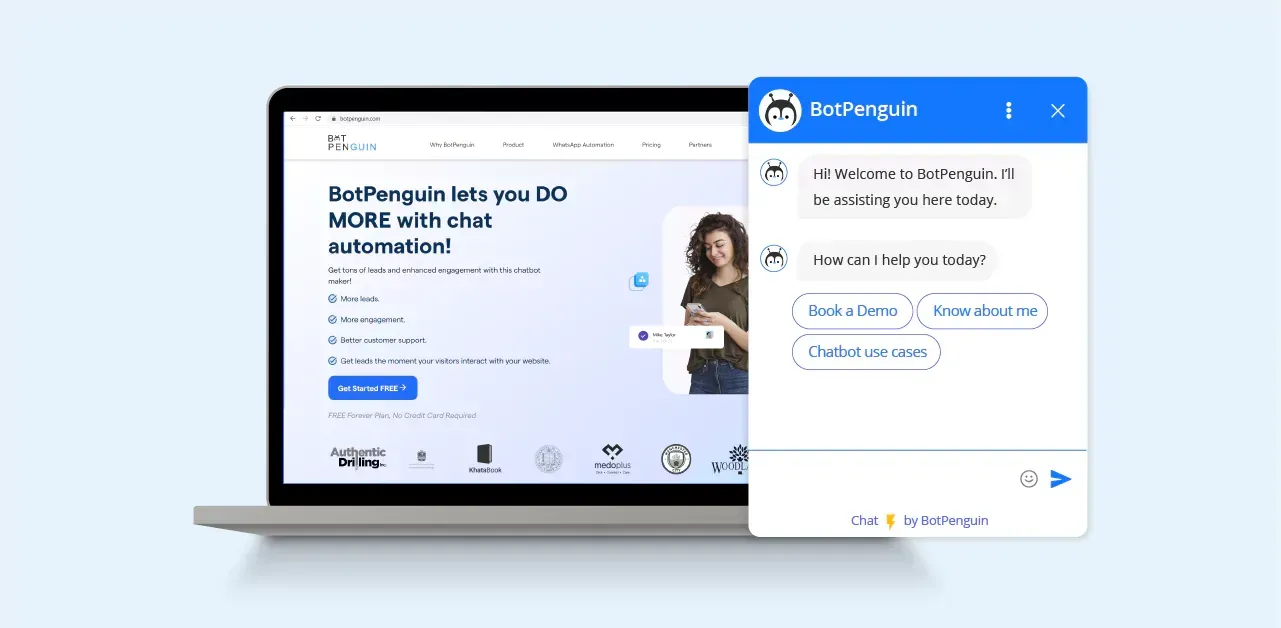
Implement Human-in-the-Loop
No matter how powerful your chatbot is, there will always be scenarios where a human touch is needed. Implement a human-in-the-loop system that allows your chatbot to escalate questions or user requests to a human operator when necessary.
This ensures a seamless experience for your users and helps deliver excellent customer service without any hiccups.
Monitor and Optimize Performance
Keep an eye on key metrics such as response time, user satisfaction, and task completion rates.
Use analytics tools to gather data and gain insights into how your chatbot is performing. This data will empower you to make informed decisions and fine-tune your integration for maximum efficiency.
Stay Up-to-Date with Latest Enhancements
Technology is constantly evolving, and so is ChatGPT. Stay up-to-date with the latest enhancements, improvements, and API updates from OpenAI.
By keeping your integration in sync with the latest advancements, you'll ensure that your chatbot remains at the cutting edge of technology.
Conclusion
The potential of ChatGPT is far broader than just a question-answering tool. With custom ChatGPT integrations, it can optimize workflows end-to-end through natural conversation.
However, robust enterprise integration requires extensive development skills to ensure security, scalability, and governance. Attempting this alone can quickly become complex and risky.
This is where the custom ChatGPT integrations experts at BotPenguin enable you to realize the possibilities. The teams have executed several complex custom ChatGPT integrations for leading global brands.
BotPenguin follows proven development and testing methodologies to deliver reliable, optimized integrations at scale. With BotPenguin's full-service offerings, we handle the entire integration process so you minimize risk and maximize results.
Boost efficiency with custom ChatGPT integrations with BotPenguin as your guide. We seamlessly connect ChatGPT to your systems and processes to reduce costs and drive ROI.
Our team integrates the genius of custom ChatGPT integrations into your operations!
Frequently Asked Questions (FAQs)
What is custom ChatGPT integration and how can it benefit my applications?
Custom ChatGPT integration involves embedding ChatGPT into your applications, enhancing user interactions, providing real-time responses, automating customer support, and streamlining processes.
Can I customize the responses generated by ChatGPT in my integrations?
Yes, you can customize responses by setting prompts, adding context, and fine-tuning parameters to align with your application's tone and requirements.
What are some common use cases for integrating ChatGPT?
Common use cases include creating chatbots, generating content, providing instant answers, automating repetitive tasks, and enhancing user engagement on websites and applications.


